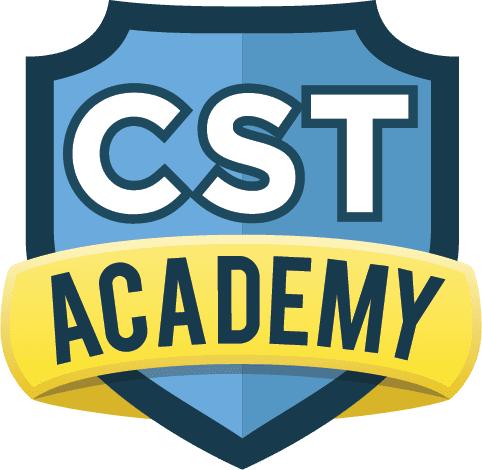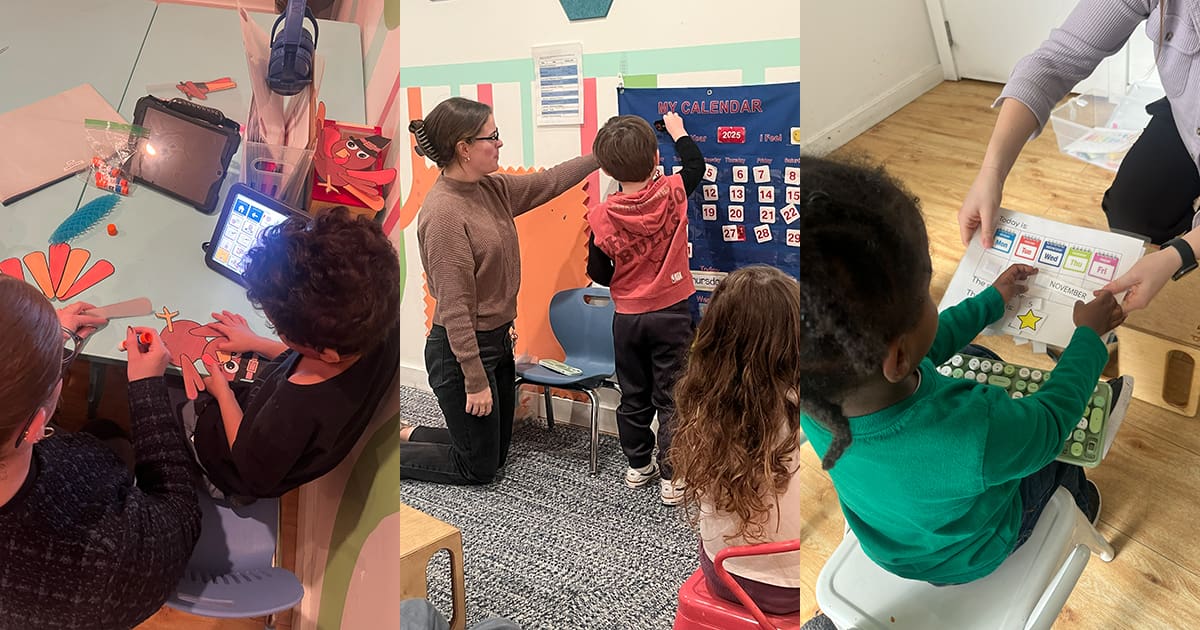Share this Post

When children exhibit challenging behaviors, understanding the why behind those actions can feel overwhelming. Parents and caregivers often wonder what triggers these behaviors, how to respond effectively, and how to prevent them in the future. That’s where the Antecedent-Behavior-Consequence (ABC) model comes in—a research-backed approach that provides a structured way to observe, analyze, and guide behavior.
At CST Academy, the ABC model is a cornerstone of our evidence-based strategies to support children with autism and developmental delays. By identifying the antecedent (what happens before), the behavior (the action itself), and the consequence (what happens after), our team helps children and families create positive, lasting changes in behavior. This compassionate, child-centered approach ensures that every intervention is tailored to meet the unique needs of each child.
What Is the ABC Model?
The Antecedent-Behavior-Consequence (ABC) model is a framework used to understand behavior by breaking it into three key components:
- Antecedent: What happens immediately before the behavior?
This could include environmental triggers, interactions, or sensory stimuli that prompt a specific action. - Behavior: What is the observable action?
The behavior can be anything from verbal expressions to physical actions, such as shouting, crying, or engaging in repetitive movements. - Consequence: What happens immediately after the behavior?
The consequence refers to how others respond to the behavior, which can reinforce or discourage it.
By analyzing these components, the ABC model helps therapists, educators, and caregivers identify patterns and develop proactive strategies to encourage positive behaviors while reducing challenges.
Why Is the Antecedent-Behavior-Consequence (ABC) Model Important?
Understanding the relationship between antecedents, behaviors, and consequences allows caregivers and therapists to address the root cause of a behavior rather than simply reacting to it. This proactive approach offers several benefits:
- Identifying Triggers:
The ABC model helps pinpoint what causes challenging behaviors, making it easier to avoid or modify those triggers. - Promoting Positive Behaviors:
By reinforcing desired actions with meaningful consequences, children learn skills that improve communication, self-regulation, and social interactions. - Reducing Challenging Behaviors:
Addressing triggers and teaching alternative responses can decrease behaviors like tantrums, aggression, or avoidance. - Empowering Families:
Parents gain a clearer understanding of their child’s needs and learn practical strategies to create a supportive home environment. - Encouraging Long-Term Growth:
With consistent application, the ABC model fosters lasting behavioral changes that enhance a child’s independence and confidence.
How CST Academy Implements the ABC Model
At CST Academy, we use the ABC model as part of our holistic, evidence-based approach to supporting children’s development. Our expert therapists collaborate with families to create personalized behavior plans that promote growth, confidence, and meaningful progress.
1. Comprehensive Observations and Assessments
The first step in applying the ABC model is carefully observing the child’s behavior in different settings. Our therapists document:
- Antecedents: What triggers the behavior?
- Behaviors: What actions does the child display?
- Consequences: How do adults or peers respond?
This thorough assessment allows us to identify patterns and determine the underlying purpose of the behavior, such as seeking attention, avoiding a task, or fulfilling a sensory need.
2. Personalized Behavior Plans
Every child is unique, which is why CST Academy creates individualized behavior plans based on their specific goals and needs. These plans focus on:
- Modifying antecedents to reduce triggers.
- Teaching replacement behaviors that are more appropriate and effective.
- Adjusting consequences to reinforce positive actions and discourage unwanted behaviors.
For example, if a child throws a toy when frustrated, our therapists may teach them to use a simple phrase, gesture, or visual cue to express their emotions instead.
3. Positive Reinforcement
At CST Academy, we emphasize positive reinforcement—rewarding desired behaviors to encourage their repetition. Rewards can include:
- Verbal praise (“Great job waiting your turn!”).
- Tangible rewards like stickers or tokens.
- Access to preferred activities, such as playing with a favorite toy.
Positive reinforcement creates a motivating and supportive environment where children feel encouraged to try new skills.
4. Parent Collaboration and Training
We believe that parents are essential partners in their child’s success. At CST Academy, we work closely with families to ensure they feel confident using the ABC model at home.
Parent Training Includes:
- Identifying antecedents and modifying the environment to reduce triggers.
- Using consistent reinforcement strategies to encourage positive behaviors.
- Learning how to respond calmly and effectively to challenging behaviors.
This collaborative approach ensures consistency across all settings, which is key to a child’s progress.
5. Multidisciplinary Team Support
The ABC model is seamlessly integrated into our multidisciplinary therapy programs, including speech therapy, occupational therapy, and social skills groups. By addressing behavior alongside other developmental needs, we provide comprehensive care that supports every aspect of a child’s growth.
Real-Life Examples of the ABC Model at Work
At CST Academy, the ABC model has transformed the lives of many children and families. Here are two examples:
Case Study 1: Managing Tantrums
- Antecedent: A child became upset when asked to clean up toys.
- Behavior: The child cried and refused to pick up the toys.
- Consequence: Parents gave in and cleaned up the toys themselves.
Intervention: Our therapists worked with the child to introduce a visual schedule and used positive reinforcement for completing clean-up tasks. Over time, the child learned to follow the routine independently, reducing tantrums and building self-reliance.
Case Study 2: Improving Social Interactions
- Antecedent: A child struggled to join group activities, often avoiding peers.
- Behavior: The child ran away from the group or engaged in solitary play.
- Consequence: Teachers allowed the child to avoid group activities, reinforcing the behavior.
Intervention: We introduced structured social skills groups with turn-taking games and provided the child with prompts to join peers. Positive reinforcement (e.g., praise and small rewards) encouraged participation, and the child began engaging with peers more confidently.
Why Families Trust CST Academy
Families choose CST Academy because of our commitment to compassionate, individualized care that empowers children to thrive. Here’s why parents trust us:
- Expert Team: Our therapists are highly trained in evidence-based strategies, including the ABC model.
- Tailored Support: Every child receives a personalized behavior plan that aligns with their unique goals.
- Collaborative Approach: We partner with families to create consistency and promote progress across all settings.
- Holistic Care: The ABC model is integrated into our multidisciplinary programs, addressing both behavioral and developmental needs.
Take the First Step Toward Positive Change
Understanding the Antecedent-Behavior-Consequence model is the first step toward creating meaningful, lasting changes in your child’s behavior. At CST Academy, we’re here to support your family every step of the way with expert guidance, compassionate care, and proven strategies.
Contact us today to learn more about our programs and how we use the ABC model to help children reach their full potential.
Discover Our Pediatric Therapy & Autism Care
ABA Therapy
Support for children with autism.
Autism Evaluation
Expert assessments to identify child needs.
Pediatric Therapy Services
Speech, Occupational, Feeding, and Physical Therapy.
Therapeutic Preschool
A classroom environment designed for early learners with unique needs.

Find the Best Care for Your Child




